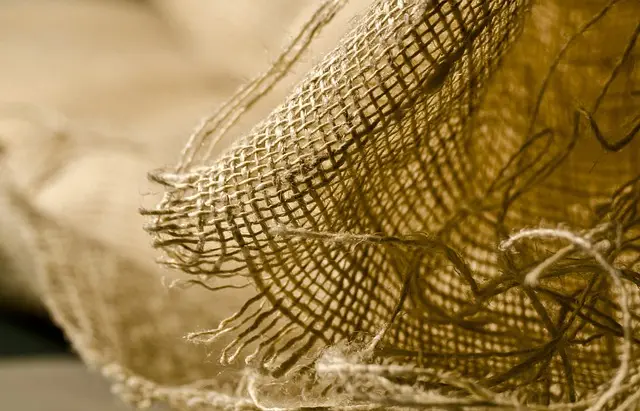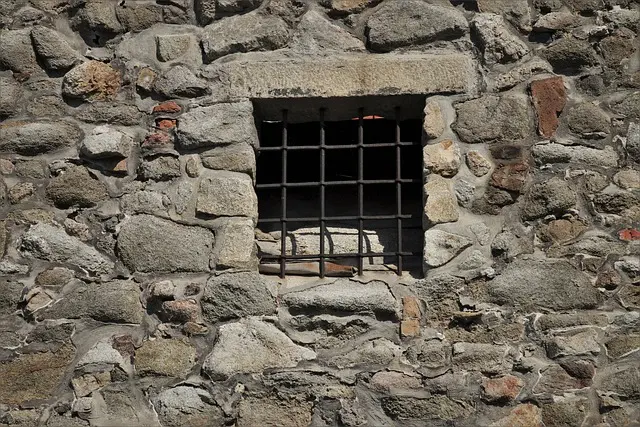Inflammation can cause serious health issues, but kratom, a herb grown in Utah, shows promise as a natural anti-inflammatory without suppressing immune function. Scientific research attributes this to compounds like mitragynine and 7-hydroxymitragynine which block pro-inflammatory enzymes and reduce cytokine levels. Growing kratom at home is accessible in Utah with the right strain, conditions, and care, providing a potential herbal remedy for chronic inflammation after more study.
“Inflammation reduction with kratom offers a natural path to better health. This article delves into the science behind inflammation and its impact on the body, exploring kratom as a potent anti-inflammatory agent. For those interested in growing their own kratom in Utah, we provide a comprehensive guide tailored to this unique environment. Learn how to cultivate this beneficial plant, harnessing its power for inflammation reduction, all while adhering to local regulations. Discover the benefits of grow kratom Utah.”
- Understanding Inflammation and its Impact
- Kratom as a Natural Anti-Inflammatory Agent
- Growing Your Own Kratom in Utah: A Comprehensive Guide
Understanding Inflammation and its Impact
Inflammation is a natural response from our bodies to protect us against injuries, infections, and irritants. However, chronic inflammation can lead to various health issues, including heart disease, diabetes, and arthritis. It’s akin to a fire that, while initially helpful in warding off intruders, can become destructive if it burns out of control for an extended period. Understanding where and why this fire sparks is crucial in managing conditions characterized by persistent inflammation.
In the context of grow kratom Utah, the region’s diverse botanical landscape offers a rich source of natural compounds with anti-inflammatory properties. Kratom, specifically, has gained attention for its potential to reduce inflammation without compromising immune function. Scientific studies are uncovering the mechanisms behind these effects, highlighting the importance of herbal remedies in mitigating chronic inflammation and promoting overall well-being.
Kratom as a Natural Anti-Inflammatory Agent
Kratom, a herb native to Southeast Asia and increasingly accessible through legal channels like growing kratom in Utah, has gained attention for its potential as a natural anti-inflammatory agent. Scientific studies have begun to unravel the complex mechanisms behind this claim, revealing that specific compounds within kratom leaves can interact with the body’s inflammatory pathways. These compounds, notably mitragynine and 7-hydroxymitragynine, exhibit properties that inhibit pro-inflammatory enzymes and reduce the production of cytokines—molecules that signal and regulate immune responses, including inflammation.
The anti-inflammatory effects of kratom are not limited to laboratory findings; anecdotely, many users report reduced joint pain, swelling, and discomfort associated with chronic inflammatory conditions. As a natural alternative, kratom offers a potential solution for individuals seeking relief from inflammation without relying heavily on pharmaceutical interventions. However, it’s important to note that research is still evolving, and more studies are needed to fully understand the scope of its anti-inflammatory benefits.
Growing Your Own Kratom in Utah: A Comprehensive Guide
Growing your own kratom at home in Utah can be a rewarding and cost-effective way to ensure a consistent supply of this herbal remedy. While kratom plants thrive in tropical climates, it’s possible to cultivate them successfully indoors in Utah with the right setup and care. Start by selecting the appropriate strain for your needs; common varieties include Maeng Da, Red Bali, and White Thai. Next, procure high-quality seeds or cuttings from reputable sources.
Prepare a suitable growing medium, typically a mix of peat moss and perlite, in containers that allow for adequate drainage. Maintain optimal temperature and humidity levels, aiming for 75-85°F (24-29°C) and 60-80% humidity, respectively. Ensure your plants receive bright, indirect sunlight or grow lights for at least 12 hours daily. Fertilize regularly with a balanced organic fertilizer to support robust growth, and be patient—it can take several months for kratom plants to mature and produce usable leaves.
Kratom has emerged as a promising natural alternative for managing inflammation, and growing your own kratom in Utah can be a rewarding way to access this potential healing herb. By understanding the impact of inflammation and exploring kratom’s anti-inflammatory properties, individuals can make informed decisions about their health. Growing your own kratom allows for control over quality and cultivation methods, ensuring a consistent supply of this beneficial plant. With the right guide, like our comprehensive resource on growing kratom in Utah, anyone can cultivate their own medicinal garden and potentially reduce inflammation naturally.






